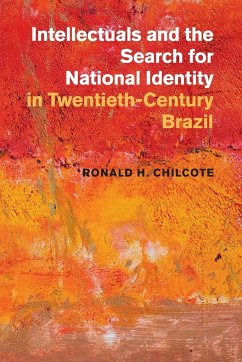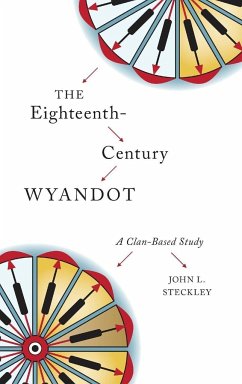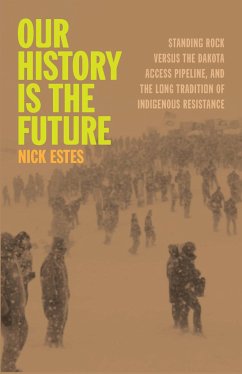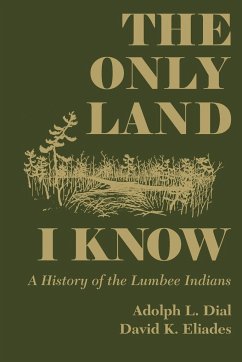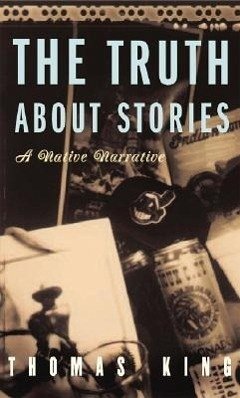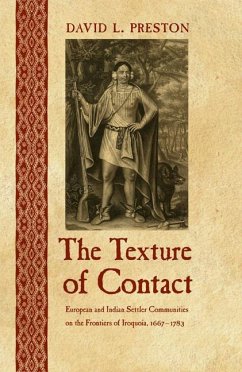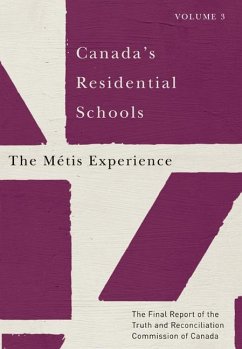Nicht lieferbar
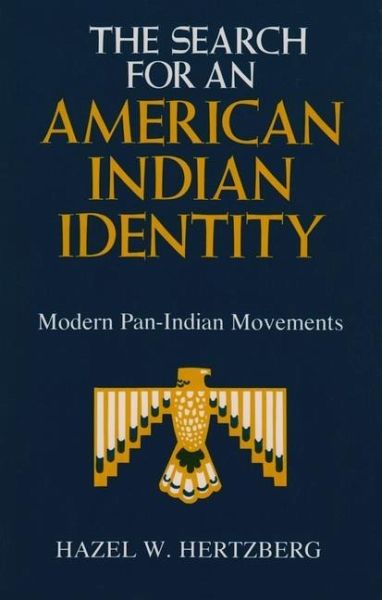
The Search for an American Indian Identity
Modern Pan-Indian Movements
Versandkostenfrei!
Nicht lieferbar
American Indian national movements, asserting a common Indian interest and identity as distinct from tribal interests and identities, have been a significant part of the American experience throughout most of this century, but one virtually unknown even to historians. Here for the first time Pan-Indian movements are examined comprehensively and comparatively. The opening chapter provides the historical background for the development of modern Pan-Indianism. The first major Pan-Indian reform organization, the Society of American Indians (SAI), was founded in 1911. Led by middle-class, educated ...
American Indian national movements, asserting a common Indian interest and identity as distinct from tribal interests and identities, have been a significant part of the American experience throughout most of this century, but one virtually unknown even to historians. Here for the first time Pan-Indian movements are examined comprehensively and comparatively. The opening chapter provides the historical background for the development of modern Pan-Indianism. The first major Pan-Indian reform organization, the Society of American Indians (SAI), was founded in 1911. Led by middle-class, educated Indians. The SAI adapted many of the reform ideas of the Progressive Era to Indian purposes. The SAI rejected the old dream of restoring tribal cultures and worked instead for an Indian future identified with the broader American society, to be realized through education and legislation. During the twenties, the SAI declined and the direction of Pan-Indian efforts shifted. Pan-Indian fraternal movements arose that were more in keeping with the spirit of the times than was reformism. Based in towns and cities, the fraternal orders and social clubs provided a means for urban Indians to retain or regain an Indian identity. In the meantime, an Indian religious movement, the peyote cult, spread far beyond its Oklahoma heartland, >The Indian New Deal, which radically changed governmental policy, provided a new context for Pan-Indianism. >The research for this study included extensive use of a wide variety of primary sources--journals published by 1he Indian groups, collections of documents and letters, governmental records, and interviews with Indians, anthropologists, and government officials.




